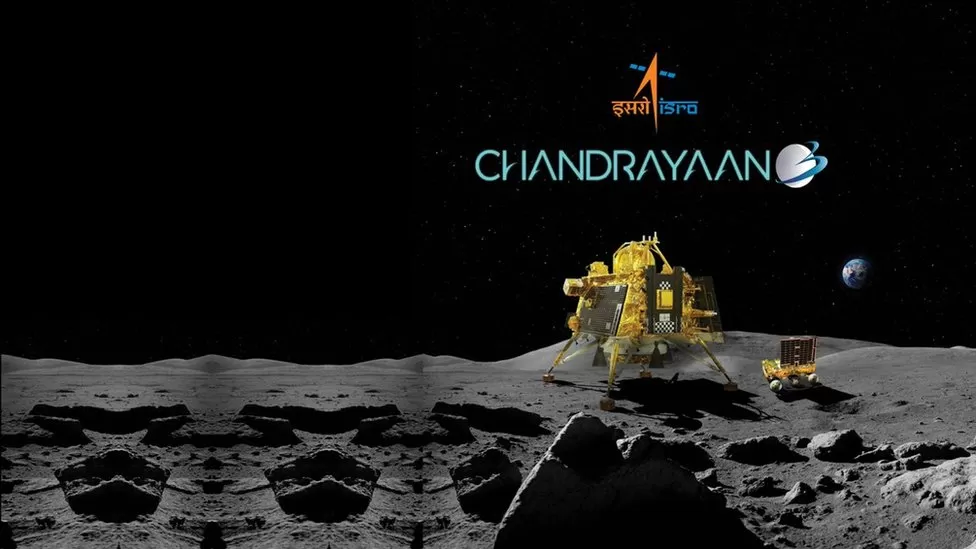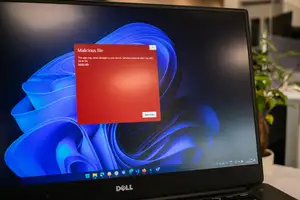
India's Moon Lander Reaches South Pole – Enters History Books
India recently became the first nation ever to land an advanced robotic probe – known as the Chandrayaan-3's Vikram lander (which translates to moon craft in Hindi), on the moon's south pole. Their incredible achievement on the lunar service earned them a place in the history books. The mission's success has also now raised the bar for the modern age of space exploration.
The robotic spacecraft that carried a rover in its belly landed on the lunar surface on the morning of Wednesday, 30 August 2023. The safe touchdown meant that India had become only the fourth country to achieve this feat. The United States, China, and the Soviet Union have also managed to have successful landings on the moon.
However, in the 21st century, only China and now India have touched down on the moon. What makes this mission so special is that no other human-made object has ever touched down on this particular area of the lunar surface, which is believed to have ice buried deep beneath the craters.
If found, it could usher in a new era in spaceflight because any ice found inside the craters could be used for various essential things, like providing drinking water, creating breathable air, and being used for rocket fuel. India's impressive accomplishment means that the country is now part of an elite club to have landed on the moon. It comes just four years after their previous attempt failed when the Chandrayaan-2, Chandrayaan-3's predecessor, crashed while attempting the same feat.
It was watched by millions of people worldwide from all ages and walks of life as it was live-streamed to a captivated audience. India's Prime Minister Narendra Modi also watched the events unfold in Johannesburg, South Africa. He stated that the team's success is something that belongs to all humanity.
The images of the mission captured by the Landing Imaging Camera shows the area where the lander touched down. It was carefully selected due to its largely flat region, making it much easier to land. It was a culmination of years of hard work that eventually paid off, and it will no doubt encourage a new generation of people in India and around the world to enter the field of space exploration.
Their accomplishment came just days after a similar attempt by the Russian space agency, which inevitably failed. According to reports, a botched flight manoeuvre caused the Luna-25 robotic spacecraft to crash after it had been orbiting the moon. Both countries were attempting to land their crewless space probes on the moon's south polar region, and only India was able to achieve the difficult mission.
Many other nations have also now set their sights on the lunar south pole region because of the potential to find ice buried deep within the polar craters. Since landing, it has been hard at work gathering data as it slowly moves at speeds of around 1cm per second across the lunar surface. The laser detector on board has already discovered a host of chemicals on the lunar soil, including oxygen and sulphur.
It also detected the presence of silicon, manganese, iron, chromium, calcium, titanium, and aluminium. They are still conducting investigations to try and find hydrogen. It is being described by other space agencies around the world as an incredible accomplishment. It will continue to move across the lunar surface in pursuit of other hidden secrets.
Certain obstacle craters have already gotten in the way, but the team have managed to calculate new paths for it to follow and continue with its mission. The surface temperature was said to be around 60C, but just 3 inches (or 80mm) below the surface, it was 10C colder. It will be exciting to see what other discoveries the Chandrayaan-3 goes on to make before the mission ends.









